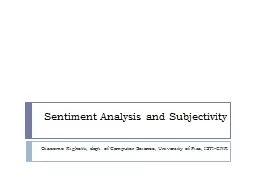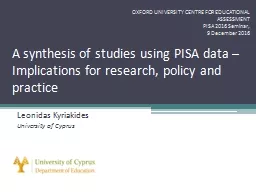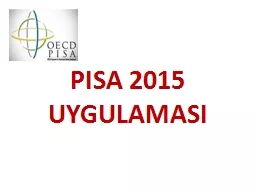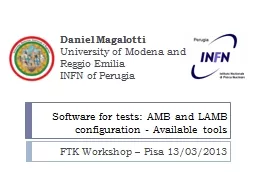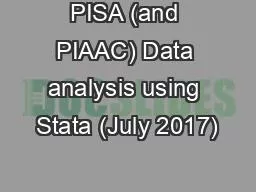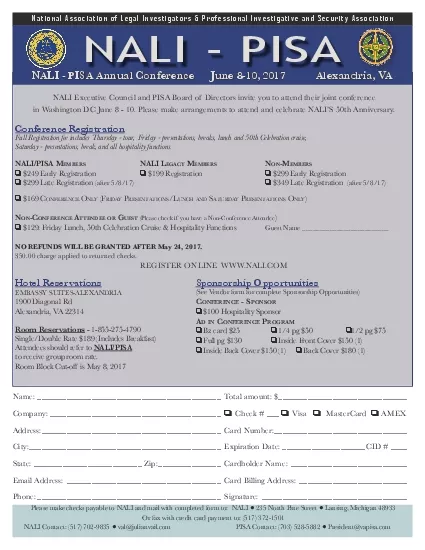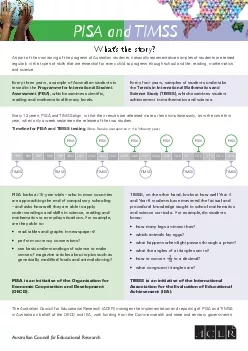PPT-3 rd EAVLD CONGRESS PISA (
Author : cheryl-pisano | Published Date : 2019-12-17
3 rd EAVLD CONGRESS PISA Italy 12 th 15 th October 2014 ALKALINE PHOSPHATASE ACTIVITY IN CHEESE MADE FROM PASTEURIZED MILK Buffoli E Bolzoni G National Reference
Presentation Embed Code
Download Presentation
Download Presentation The PPT/PDF document "3 rd EAVLD CONGRESS PISA (" is the property of its rightful owner. Permission is granted to download and print the materials on this website for personal, non-commercial use only, and to display it on your personal computer provided you do not modify the materials and that you retain all copyright notices contained in the materials. By downloading content from our website, you accept the terms of this agreement.
3 rd EAVLD CONGRESS PISA (: Transcript
Download Rules Of Document
"3 rd EAVLD CONGRESS PISA ("The content belongs to its owner. You may download and print it for personal use, without modification, and keep all copyright notices. By downloading, you agree to these terms.
Related Documents



